7 Herbal Teas For Cracked Heels
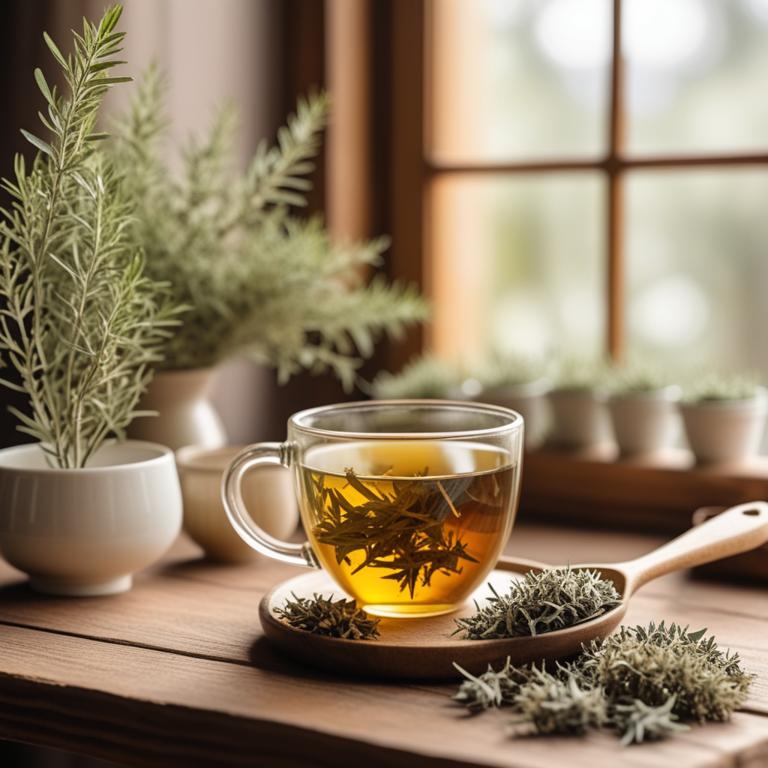
Herbal teas are a great way to soften and heal cracked heels.
These teas are made from herbs that have moisturizing and soothing properties. The main idea behind using herbal teas for cracked heels is that they can help to lock in moisture and promote the healing of dry skin. Aloe barbadensis, also known as aloe vera, is one of the most popular herbs used in herbal teas for cracked heels. It's a natural moisturizer that can help to soothe and calm dry skin, reducing inflammation and promoting the growth of new skin cells. Calendula officinalis, also known as marigold, is another herb that's often used in herbal teas for cracked heels. It has anti-inflammatory properties that can help to reduce redness and swelling, making it easier to heal dry skin.
Urtica dioica, also known as nettle leaf, is a rich source of vitamins and minerals that can help to nourish and moisturize dry skin. When you soak your feet in a herbal tea made from these herbs, the active ingredients are absorbed into the skin, providing long-lasting hydration and promoting the healing of cracked heels. Using herbal teas for cracked heels can bring several benefits to your life. For one, it's a natural and non-invasive way to heal dry skin. Unlike harsh chemicals and exfoliating scrubs, herbal teas are gentle on the skin and can be used as often as needed. Additionally, herbal teas can be a cost-effective solution for treating cracked heels, especially when compared to commercial creams and ointments.
By incorporating herbal teas into your skincare routine, you can say goodbye to dry, cracked heels and hello to smooth, healthy-looking skin.
- 1. Aloe barbadensis
- 2. Calendula officinalis
- 3. Urtica dioica
- 4. Glycyrrhiza glabra
- 5. Rosmarinus officinalis
- 6. Hypericum perforatum
- 7. Melaleuca alternifolia
1. Aloe barbadensis
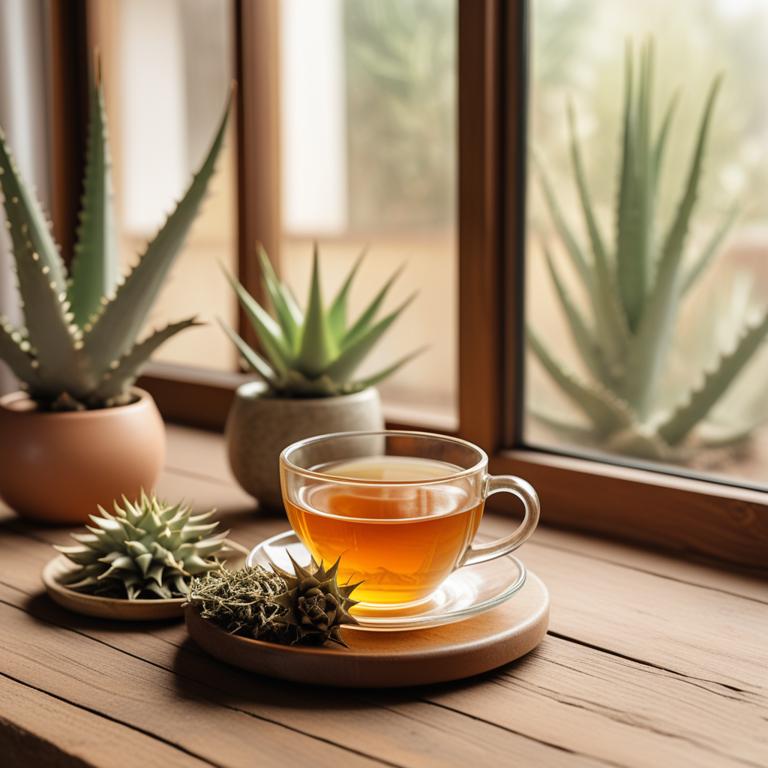
Aloe barbadensis teas contains aloin and aloe-emodin, which are compounds that have anti-inflammatory properties.
These properties help to reduce swelling and redness associated with cracked heels. The tea also contains vitamin E and beta-carotene, which are antioxidants that protect the skin from damage and promote healing. The antibacterial properties of aloe-emodin help to prevent infection and promote a healthy environment for the skin to repair itself.
The mucilaginous properties of the tea help to soothe and soften dry skin, making it easier to repair and reduce the appearance of cracked heels.
- Cut 1/2 cup of Aloe barbadensis leaves from the plant, leaving some on the plant for regrowth.
- Wash the leaves in cold water to remove dirt and bacteria.
- Blend the leaves in a blender or food processor until smooth.
- Strain the mixture through a cheesecloth or a fine-mesh sieve into a cup, getting 1/4 cup of juice.
- Drink the juice 2-3 times a week for 2 weeks to help soften and repair cracked heels.
2. Calendula officinalis
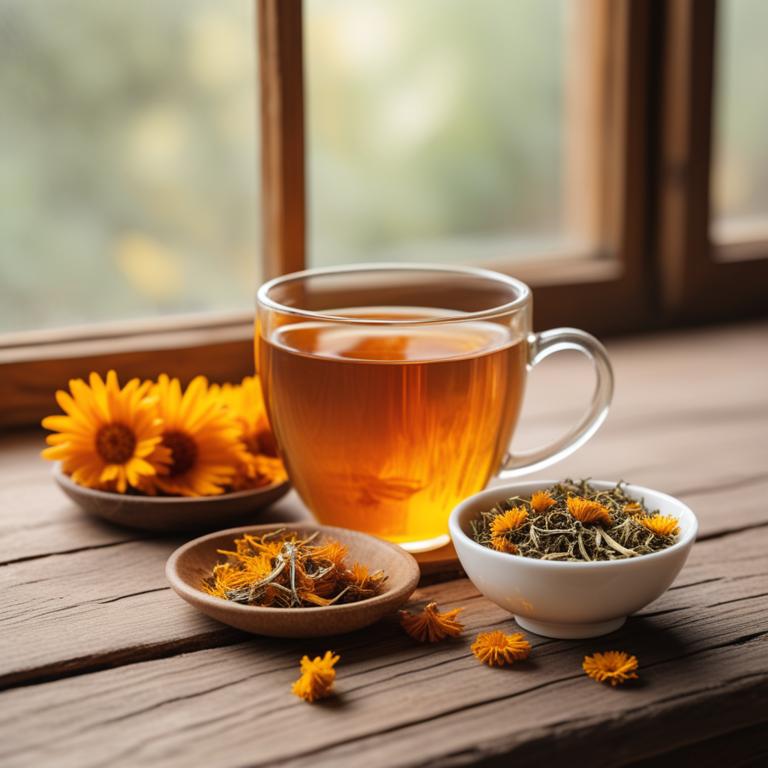
Calendula officinalis teas contains triterpenoids, flavonoids, and carotenoids as its active constituents.
These compounds possess anti-inflammatory properties that help reduce swelling and redness associated with cracked heels. The flavonoids in Calendula officinalis also have antioxidant properties, which can help protect the skin from further damage and promote healing. Additionally, the triterpenoids in the tea have antimicrobial properties, which can help combat infections that can exacerbate cracked heels.
By promoting healing and reducing inflammation, Calendula officinalis teas can help soothe and repair dry, cracked skin on the heels.
- Gather dried Calendula officinalis flowers (about 2 tablespoons).
- Boil 1 cup of water in a pot.
- Add the dried flowers to the boiling water and let it simmer for 5-7 minutes.
- Strain the mixture using a fine-mesh sieve or cheesecloth into a cup.
- Let the tea cool down and soak your feet in it for 10-15 minutes to help soften and heal cracked heels.
3. Urtica dioica

Urtica dioica teas contains bioactive constituents like histamine, polyphenols, and saponins.
These compounds have anti-inflammatory and antioxidant properties, which can help soothe and heal cracked heels. The saponins in Urtica dioica teas have a moisturizing effect on the skin, reducing dryness and promoting hydration. The antioxidants in the tea help protect the skin from damage caused by free radicals, which can contribute to cracked heels.
By drinking Urtica dioica teas, you can potentially help repair and nourish the skin on your feet.
- Gather 1 cup of fresh Urtica dioica leaves and 1 cup of boiling water.
- Steep the leaves in the boiling water for 5-10 minutes.
- Strain the mixture into a cup to remove the leaves.
- Add 1 tablespoon of honey to sweeten the tea, if desired.
- Soak your feet in the tea for 15-20 minutes to help soften cracked heels.
4. Glycyrrhiza glabra
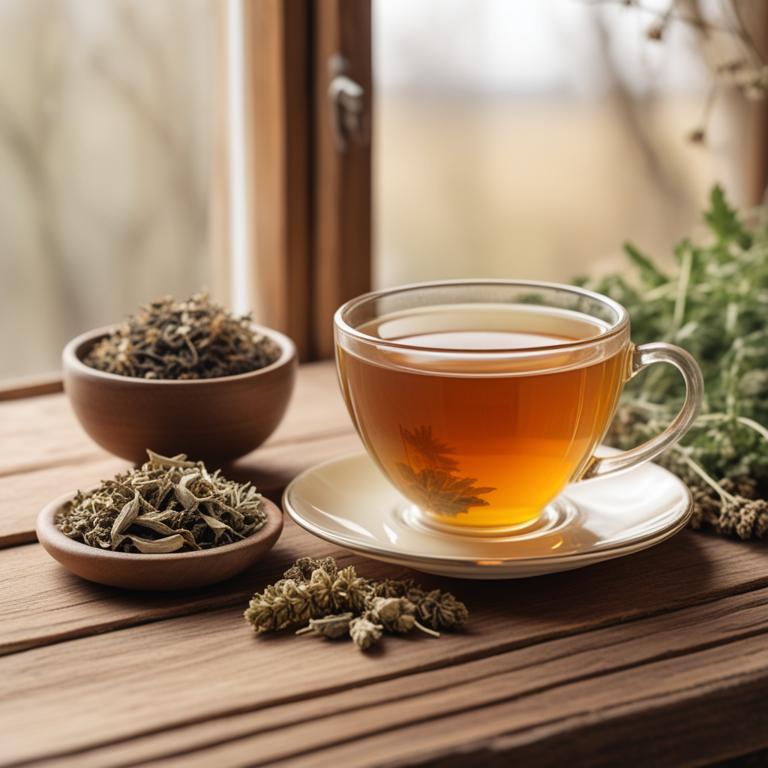
Glycyrrhiza glabra teas contains a compound called glycyrrhizin, which has anti-inflammatory properties that help soothe cracked heels.
The tea also has flavonoids, such as liquiritin and isoliquiritin, that have antioxidant properties, which can help protect the skin from damage. Glycyrrhiza glabra teas also contain saponins, which have antifungal and antibacterial properties that can help prevent infections in cracked heels. The tea's antifungal properties can also help control fungal growth that can cause cracked heels to become irritated and painful.
By reducing inflammation, protecting the skin, and preventing infections, Glycyrrhiza glabra teas can help promote healthy skin on the heels.
- Gather 1 cup of water, 2 teaspoons of dried Glycyrrhiza glabra root, and a tea infuser.
- Heat the water in a pot until it starts boiling. Remove from heat.
- Add the dried Glycyrrhiza glabra root to the tea infuser and put it in the hot water. Let it steep for 5-7 minutes.
- Strain the tea into a cup and discard the root. Add 1 teaspoon of honey to taste, if needed.
- Soak your cracked heels in the tea for 15-20 minutes, 2-3 times a week, for best results.
5. Rosmarinus officinalis
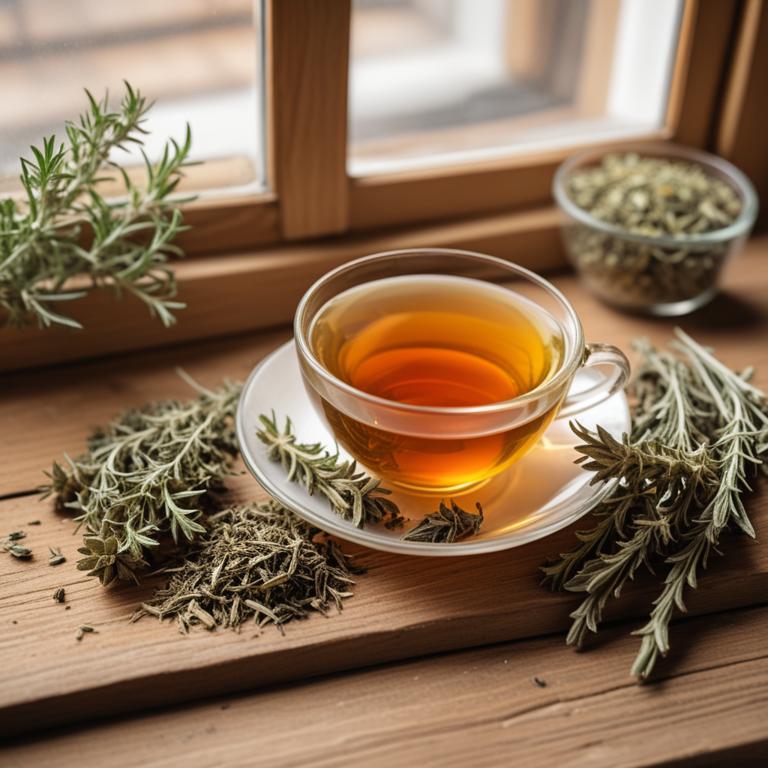
Rosmarinus officinalis teas contains essential oils like camphor, borneol, and bornyl acetate.
These oils help to improve circulation and reduce inflammation in the skin, which can contribute to cracked heels. The antiseptic properties of rosmarinic acid, a key constituent in Rosmarinus officinalis, also help to prevent infection and promote healing. Additionally, the tea's antioxidant properties help to protect the skin from damage and promote healthy cell growth.
By improving circulation, reducing inflammation, and promoting healing, Rosmarinus officinalis teas can help to soothe and repair cracked heels.
- Gather 1 cup of fresh Rosmarinus officinalis leaves (rosemary) and 1 cup of boiling water.
- Steep the rosemary leaves in the boiling water for 5-7 minutes.
- Strain the tea into a bowl, discarding the rosemary leaves.
- Mix 2 tablespoons of honey into the tea to sweeten it.
- Soak your feet in the tea for 15-20 minutes to help soften and moisturize cracked heels.
6. Hypericum perforatum
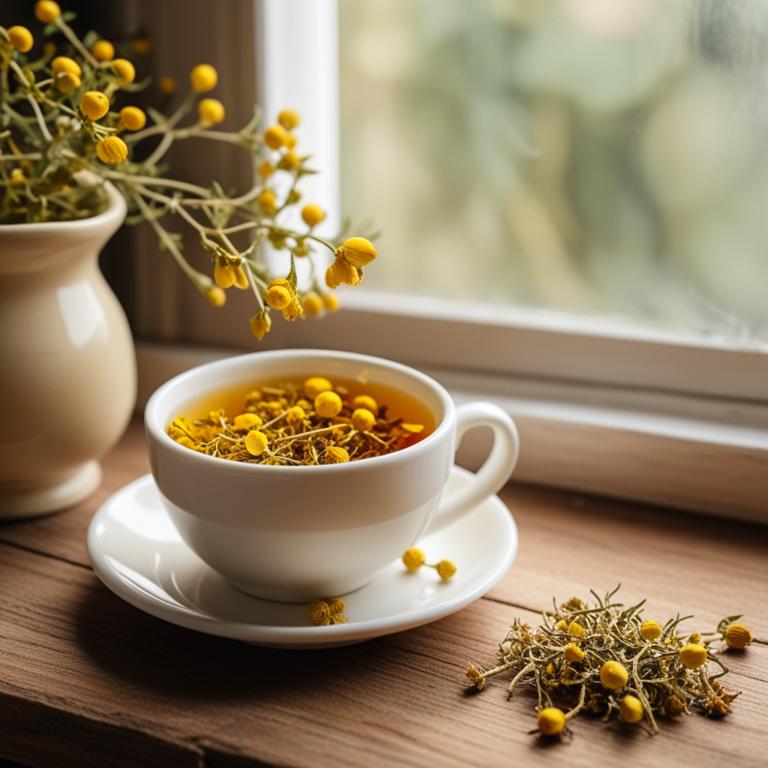
Hypericum perforatum teas contains flavonoids, particularly rutin and quercetin, and phenolic acids, like kaempferol and quercetin.
These compounds have anti-inflammatory and antioxidant properties that help soothe and protect cracked heels. The flavonoids also improve circulation and promote the growth of new skin cells, which can aid in the healing of cracked heels. Additionally, the tea's astringent properties help to dry out any excess moisture on the skin, reducing the appearance of cracks and fissures.
The combination of these properties makes Hypericum perforatum tea a potential treatment for cracked heels.
- Gather 1 cup of fresh Hypericum perforatum leaves, or 2 teaspoons of dried leaves.
- Combine the leaves with 1 cup of boiling water in a heat-resistant cup.
- Let it steep for 5-7 minutes, then strain the mixture into a separate cup.
- Add 1 tablespoon of honey (optional) to the tea for taste and sweetness.
- Soak your cracked heels in the cooled tea for 15-20 minutes, 2-3 times a week.
7. Melaleuca alternifolia

Melaleuca alternifolia teas contains compounds like cineole, limonene, and beta-pinene.
These bioactive constituents have antimicrobial and anti-inflammatory properties that help to combat fungal infections and reduce redness in cracked heels. Cineole, in particular, has antiseptic properties that help to heal and protect the skin from further damage. Limonene and beta-pinene also have anti-inflammatory effects, which can help to reduce swelling and promote healing in cracked heels.
By using Melaleuca alternifolia teas, you can help to create a healthy environment for your skin to repair itself and reduce the appearance of cracked heels.
- Gather 1 cup of water, 2 tablespoons of dried Melaleuca alternifolia leaves, and a tea infuser or a small strainer.
- Heat the water in a pot or kettle until it reaches a boil, then reduce heat to a simmer.
- Add the dried Melaleuca alternifolia leaves to the tea infuser or strainer, then carefully place it into the simmering water.
- Let the mixture steep for 5-7 minutes, then carefully lift the infuser or strainer out of the water.
- Strain the liquid into a cup and let it cool. Use this tea as a foot soak for 15-20 minutes to help soothe cracked heels.